Research & Development
JAXA promotes three research and development programs and a fundamental research program that underpins them.
Aviation human factors
Human factors, such as human behavior and performance, have been considered as one of the most critical problems that threaten flight safety. To prevent human errors that are involved with most of aircraft accidents and incidents, JAXA has been developing various tools that can be used in various aspects of aircraft operation, from pilot and crew training to improving human-machine interaction.
In this research, JAXA will develop various tools that enable the monitoring and measurement of human performance parameters such as fatigue, situation awareness, and various non-technical skills with a cross-disciplinary approach.
Data Review and Analysis Program (DRAP)
-
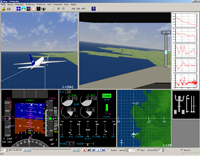
- The Data Review and Analysis Program (DRAP) is a flight data visualization software aimed to enhancing aviation safety. Airline companies collect several hundred pieces of flight data, such as altitude, speed, and attitude, through on-board flight recorders called QAR (quick access recorder). This is to review and improve daily flights through flight data analysis activities such as FOQA (flight operational quality assurance) or DFOM (daily flight operation monitoring). To better support such safety activities that avoid human errors by pilots, JAXA had developed the DRAP system in collaboration with airline companies. By feeding actual flight data into the program, DRAP can reproduce each flight in three-dimensional animations, including a cockpit view, god’s eye view, and flight instruments. Accordingly, JAXA’s DRAP system is designed to enable airline pilots to review their flights intuitively.
DRAP is being adopted by several airline companies, and technologies behind DRAP are also being applied widely for various flight systems. This includes a variety of simulations, flight reproductions, and remote operational terminals for unmanned aerial systems.
Crew Resource Management (CRM)
Crew Resource Management (CRM) training is an effective approach employed by airline companies to prevent aircraft accidents attributed to human factors, which account for 70 percent of all aircraft accidents and incidents. CRM can be defined as a management system which makes optimum use of all available resources to promote safety and enhance the efficiency of flight operation. By applying principles of human factors, CRM makes it possible to optimize human performance and reduce human error.
However, a set of behavioral indexes used as CRM skills were not always compatible with the operational environment of Japanese airline since these indexes were developed based on a US and European cultural context. Therefore, to support Japanese airlines to make better use of CRM training, JAXA developed culture-specific behavioral markers called "CRM Skills Behavioral Markers" which better fit to the mindset of Japanese pilots and crew members. To assess the effect of CRM training, JAXA also developed "CRM Skills Measurement Method" that can evaluate the degree of CRM skills learned and acquired through CRM training. Both are designed to enable Japanese airlines to incorporate CRM training into their daily operational and training activities such as Line Oriented Flight Training (LOFT) and Line Operational Evaluation (LOE) .
JAXA’s CRM Skills are classified into five clusters, each consisting of three or more skills elements. Behavioral markers is positioned at the lower layer with JAXA’s CRM skills.
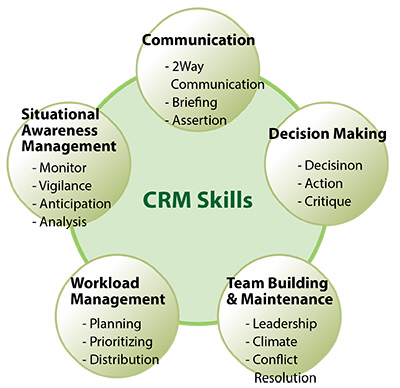
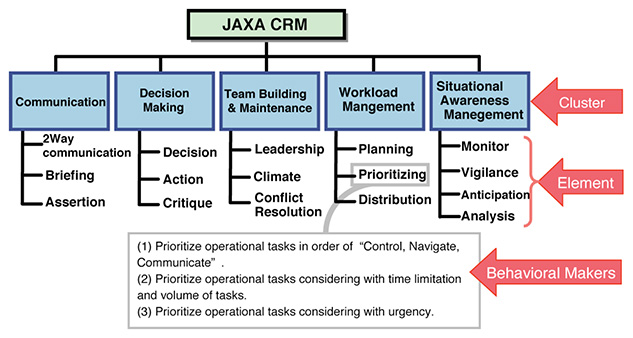
Situational Awareness and Visual Enhancer for Rescue Helicopter (SAVERH)
JAXA is carrying out a study called "Situation Awareness and Visibility Enhancer for Rescue Helicopter (SAVERH)", with the purpose of developing an integrated cockpit display system that can provide better situation awareness for helicopter pilots to enable them to fly safely at night and in adverse weather. This is to increase response capabilities of helicopters which are expected to carry out disaster and emergency response missions under demanding environments with poor visibility.
Electronic Monitoring Technology for Human Behavior
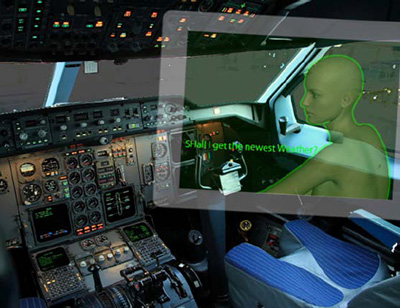
Operation image
(Monitors pilot behavior and conditions surrounding the aircraft, detects errors and threats, and gives appropriate advice to the pilot)
Operational Procedure Safety Analysis Monitoring System (OPSAMS)
Accidents caused by human error consist of a major cause and several background causes. Therefore, it is necessary to extract unsafe elements from daily operation data which does not lead to an accident. In response, JAXA has started work to develop technology for extracting unsafe elements (pilot error and other elements which affect safety) from operation data.
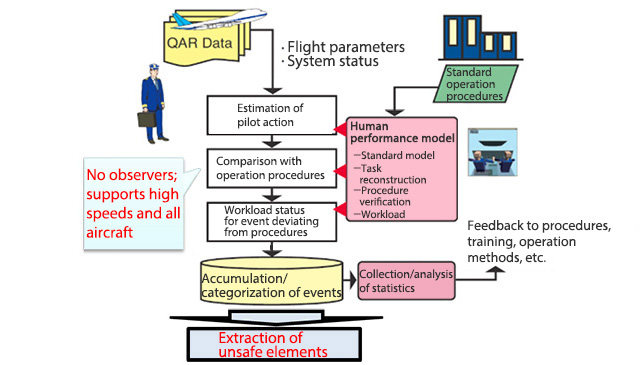
System image of OPSAMS
March 27, 2020